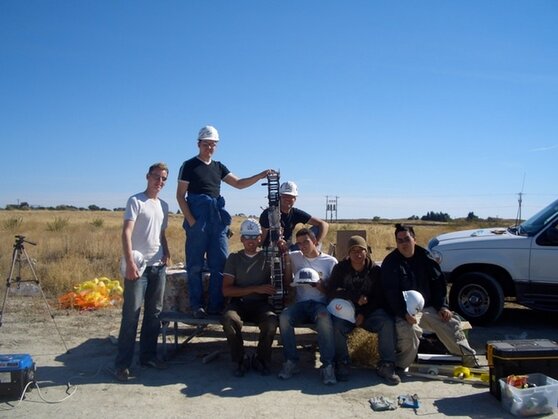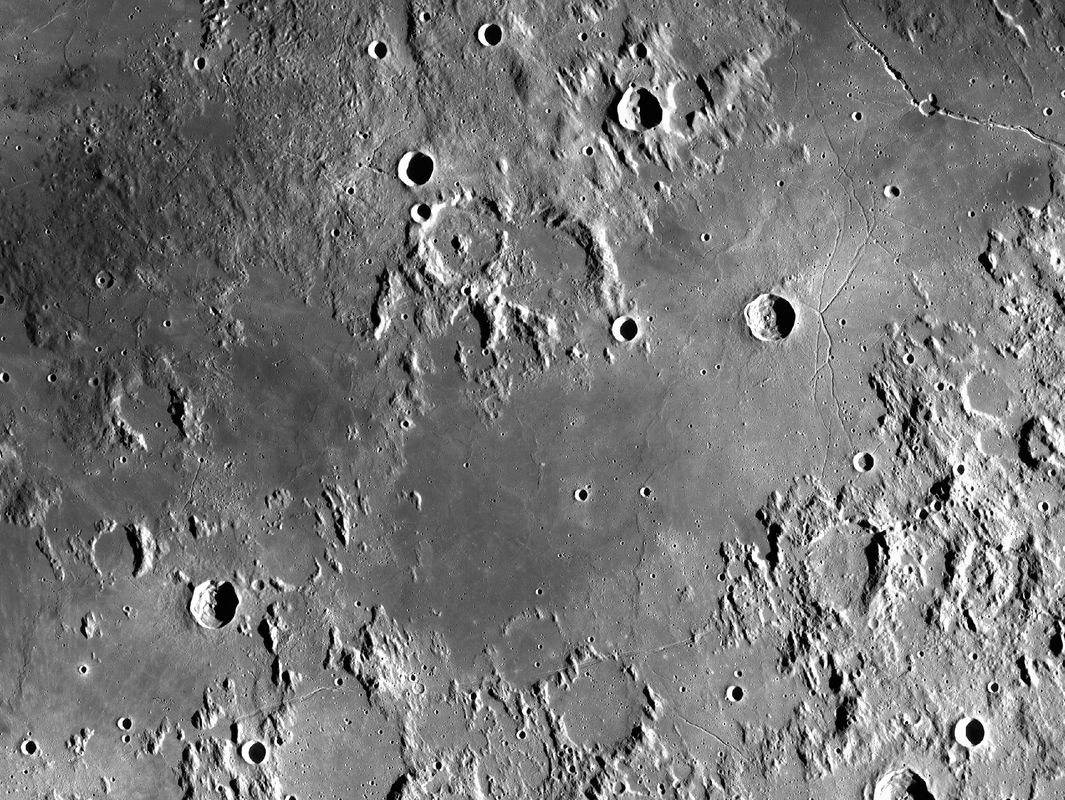About Us
|
Headquartered in Tacoma, Washington, LiftPort Group is a pioneering organization dedicated to cutting-edge research and development in the field of space elevator technology. With a rich history spanning nearly two decades, we have persevered through various challenges and milestones to shape the future of space exploration.
Our journey began with the NASA Institute for Advanced Concepts (NIAC) research study on Earth's Space Elevator, which led to the establishment of HighLift Systems, the first-ever space elevator company. However, due to internal disagreements, funding issues, and the unfortunate Space Shuttle Columbia crash in 2003, HighLift Systems ceased operations. Undeterred by the setbacks, LiftPort emerged in 2003, continuing the mission of advancing space elevator technology. While facing ups and downs between 2001 and 2007, including the closure of the first version of LiftPort, significant progress was made during this period. Notably, the failed Kickstarter campaign in 2015 garnered unexpected support, and our focus shifted exclusively to the Lunar Space Elevator Infrastructure. In 2017, LiftPort Group was officially relaunched, marking a new phase of our dedicated efforts. Operating as a modest yet determined team, we have engaged in extensive research, developed briefing documents, and authored a forthcoming book. Rebuilding previously severed partnerships and establishing new alliances have been integral to our progress. Above all, LiftPort's story exemplifies perseverance and a steadfast belief in our role as facilitators of humanity's journey to the Moon, other planets, and eventually, the stars. We firmly believe in the feasibility of constructing a Lunar Elevator using current technology and recognize its immense transformative potential for our world. At present, our research primarily focuses on identifying the optimal materials for the Ribbon, the crucial component of the space elevator, as well as advancing robotic technologies required for the Lifters. By realizing our goal of building a Lunar Elevator, we aim to bring about significant advancements that will enhance life here on Earth. LiftPort Group stands as a unique combination of a cutting-edge startup and a repository of nearly two decades of experience, encompassing both our accomplishments and lessons learned along the way. It is through hindsight, coupled with the technological breakthroughs of recent years, that we find ourselves at this transformative moment in our journey. |
Early Days |
In 2001, NASA's Innovative Advanced Concepts program (NIAC) began researching the feasibility of constructing an Earth Elevator. In 2003, they published a report both stating that it was possible to build an Earth Elevator and outlining the many reasons to build one. Even so, NASA soon shifted their focus towards higher priority projects. Therefore, this report marked the conclusion of NASA’s involvement with the project and LiftPort was subsequently founded in 2003.
In the early days, we focused on developing and researching the robotics and carbon nanotubes that would be required to build an Earth Elevator. In 2006, we launched a proprietary observation and communication platform a full mile (1.6 km) in the air using balloons. We also developed robotic lifters to move up and down a large ribbon scaffolding we had designed to hang from the communication platform. This scale experiment was conducted in order to simulate some of the technology and techniques that would be applied to the elevator projects. The Earth Elevator has not been built yet because of the ribbon; the scaffolding along which the lifters would travel. There is no material known to mankind yet that is strong enough to withstand the cosmic forces that will be acting on this ribbon. When the economy crashed in 2007 LiftPort collapsed with it, but the idea was kept alive by several nonprofits around the world. |
Refocus our scope |
In 2011, LiftPort Group experienced a pivotal moment of realization that redirected our efforts towards the development of a Lunar Elevator. This epiphany stemmed from the profound understanding that the Lunar Elevator, IS achievable with present-day technology, possesses the power to revolutionize humanity's engagement with the Moon, Mars, and the broader realm of space.
Building upon our 14 years of dedicated research and innovation, we now embark on a transformative phase focused on commercializing the valuable intellectual property we have developed. Our ultimate objective is to utilize a strategic blend of internal revenue and external investments to realize the construction of the Lunar Space Elevator Infrastructure. By successfully establishing a Lunar Space Elevator, we envision a future where the impact is not limited to space exploration alone. Instead, it extends to the very fabric of life on Earth, bringing forth profound improvements and advancements across various domains. The potential of this groundbreaking technology to vastly enhance and optimize our daily lives is truly remarkable. As we embark on this commercialization journey, we are committed to leveraging our extensive expertise and accumulated knowledge to drive forward this ambitious endeavor. We recognize the immense value of our intellectual property and its potential to shape the course of space exploration, commercialization, and subsequent terrestrial benefits. To achieve our goals, we seek to combine internal revenue generated through strategic business operations with external investments from visionary partners who share our passion and recognize the extraordinary opportunities that lie ahead. By pooling resources and expertise, we can foster an environment of collaboration and innovation that will propel us towards the realization of a Lunar Elevator and its associated societal benefits. In summary, LiftPort Group stands at the forefront of a paradigm shift in space exploration and technology commercialization. With our resolute focus on building a Lunar Elevator, we aspire to transcend the boundaries of current human achievement, creating a future where Earth's connection to the Moon and beyond unlocks unimaginable possibilities and significantly enhances life on our planet. |



